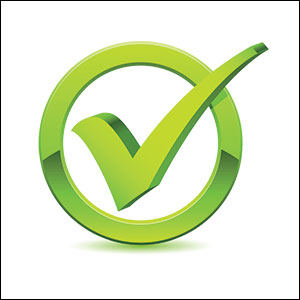Certification group
Provide best quality Certification for you
Restriction Of Hazardous Substances Product Certification
RoHS, short for Restriction of Hazardous Substances, is specific to the European Union. The law revolves revolves the handling of hazardous materials, ranging from the manufacturing to the disposal of the material. While created inside of Europe for members of the European Union, other regions around the world have utilized and created offshoots of the RoHS. This includes nations throughout Asia (China, Japan and South Korea) and versions of it inside of North America as well. Manufacturers of hazardous material must become RoHS compliant in order to sell and distribute the product inside of the European Union, which is exactly why it is so vital for a company to obtain these credentials. The specific process set in place to assist these companies is rather straight forward though, so it should not prove difficult to follow through with the RoHS certification and RoHS compliance regulations.
In order to obtain the certification, it is necessary to seek out a third party company that provides test reports of the material, material declarations directly from the supplier and what is known as a Declarations of Conformity. It is all about testing the material, making sure its housing, manufacturing and distributing is aligned with the set forward regulations of RoHS.
When working with these third party organizations, they test the presence of different chemical compounds and components, including lead, mercury, cadmium, hexavalent chromium, polybrominated diphenyl ethers and polybrominated biphenyls.
 Benefits of ROHS
Benefits of ROHS
 Increase of communication across the supply chain serves as a platform for the implementation of REACH and other initiatives.
Increase of communication across the supply chain serves as a platform for the implementation of REACH and other initiatives. Tighter process control, overall reduced number of defects and increased production efficiency (contradicts information appearing elsewhere in the report).
Tighter process control, overall reduced number of defects and increased production efficiency (contradicts information appearing elsewhere in the report).  Increased skill levels in the global workforce due to retraining and the knowledge transfer to Asia and less developed countries (assumes that globalization is driven by RoHS). In addition, “Japanese people and knowledge are seeking inspiration in Europe and the US” (the condescension toward Japan is hard to understand given the statistics on innovation contained within the report).
Increased skill levels in the global workforce due to retraining and the knowledge transfer to Asia and less developed countries (assumes that globalization is driven by RoHS). In addition, “Japanese people and knowledge are seeking inspiration in Europe and the US” (the condescension toward Japan is hard to understand given the statistics on innovation contained within the report).  Less leaching in landfills because WEEE contains less hazardous material and increased incentives for recycling because lead-free solder contains silver and gold.
Less leaching in landfills because WEEE contains less hazardous material and increased incentives for recycling because lead-free solder contains silver and gold.  Pressure on other sectors (such as aerospace and IT industrial controls) and countries to move to cleaner processes and reduced use of hazardous materials (such as China RoHS and Korea RoHS).
Pressure on other sectors (such as aerospace and IT industrial controls) and countries to move to cleaner processes and reduced use of hazardous materials (such as China RoHS and Korea RoHS).  Competitive advantage for EU manufacturers in markets where RoHS legislation is pending or contemplated.
Competitive advantage for EU manufacturers in markets where RoHS legislation is pending or contemplated.